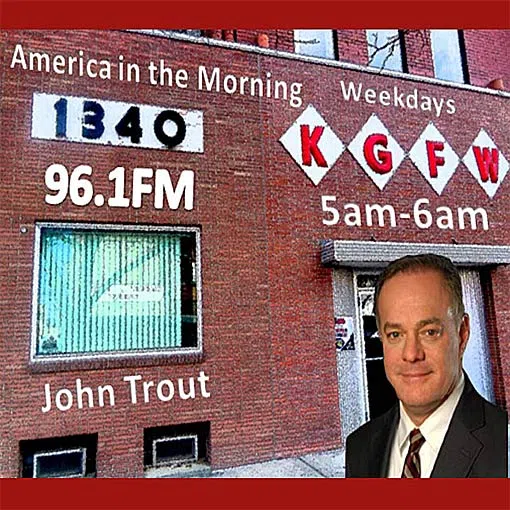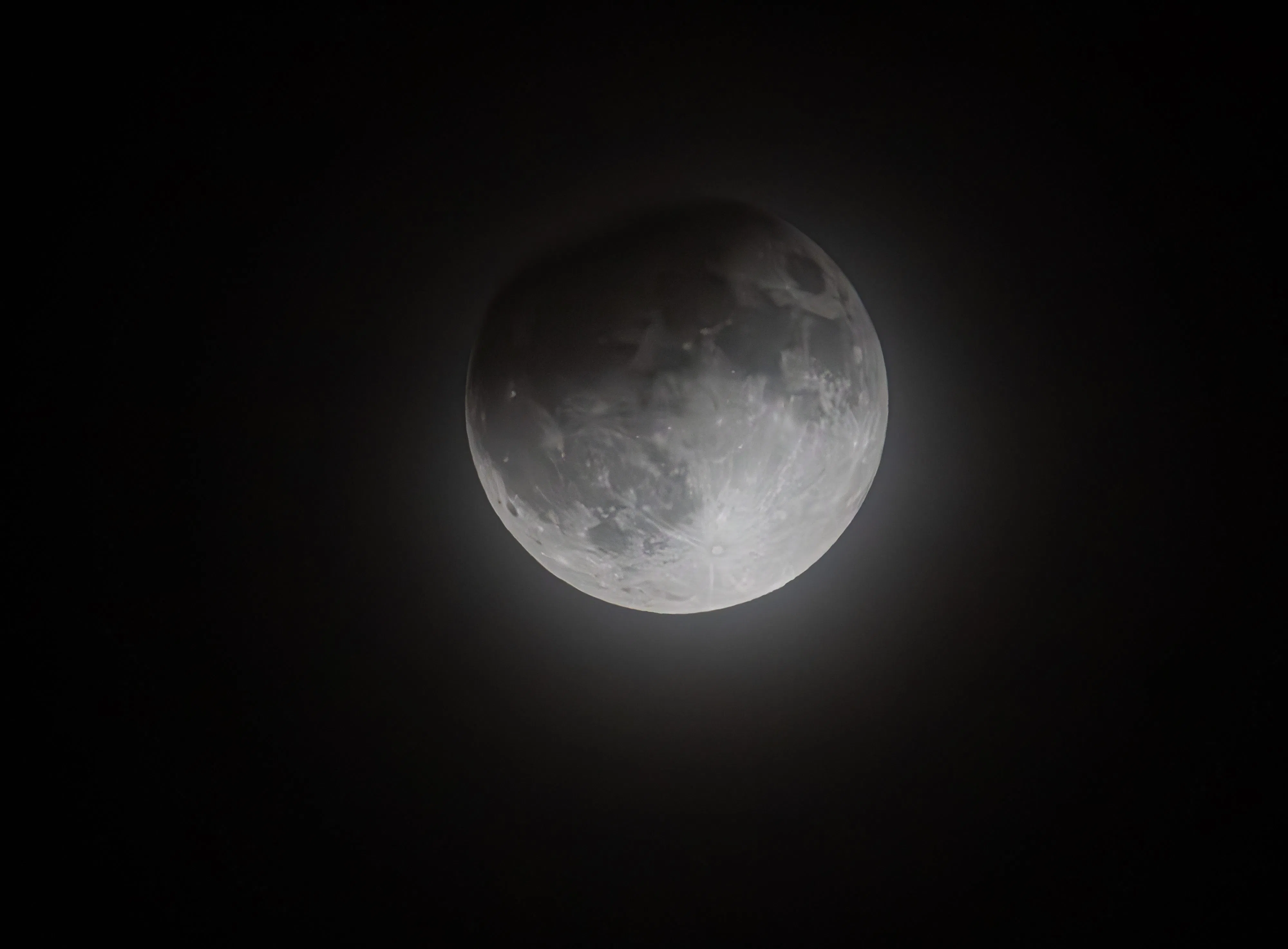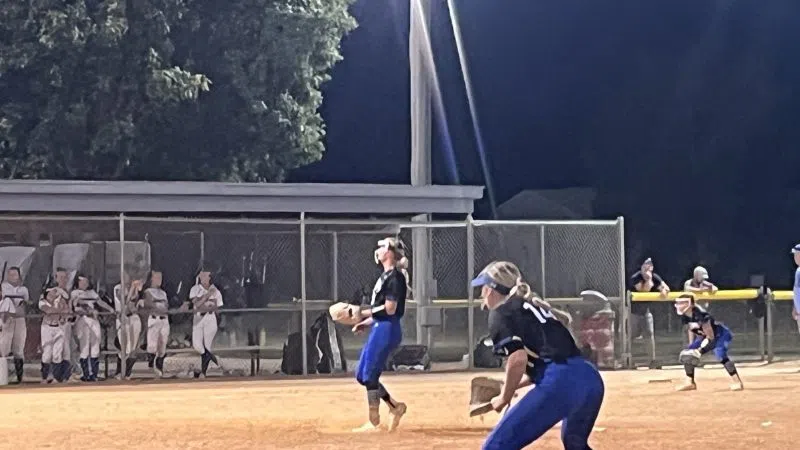KEARNEY — A partial lunar eclipse took place during the evening of Tuesday, Sept. 17, but central Nebraskans only had a quick peak at the phenomena before a high cloud deck obscured the show.
The September full moon occurred on Tuesday evening and this year’s Harvest Moon will be the second of four Super Moons of 2024.
Simultaneously, the full moon was partially eclipsed by a part of the Earth’s shadow during the night.
Central Nebraska’s view of the partial eclipse did not last long as high clouds from thunderstorms approaching from the west began to overspread the celestial event.
“Shortly before the Moon officially reaches its Full phase, something interesting begins to happen. It starts to slide into Earth’s shadow as seen from the Moon, as cosmic geometry lines up the Sun, Earth, and Moon just right,” according to the website Astronomy.com.
“Although at maximum eclipse the Moon will sit entirely within the penumbra, only a small portion of the lunar limb will pass through the darker, central region of Earth’s shadow, called the umbra — this is why it is only a partial eclipse. For a total lunar eclipse to occur, the Moon must pass completely through the umbra as well,” per Astronomy.com.
The Moon’s northern region will begin to grow dusky compared to the rest of the bright face. The partial eclipse will las ta little over an hour, with the maximum occurring at 9:45 p.m., when eight percent of the Moon is within the umbra.
From this point, the eclipse will begin to reverse.
“Unlike solar eclipses, lunar eclipses of any kind are safe to observe with your naked eyes — no special protection or equipment is needed! Binoculars might help you better spot the area of the Moon that’s growing darker as the eclipse progresses, but zooming in too close — such as with a telescope — won’t really gain you much in terms of watching the eclipse. It’s best to watch with unaided eyes, though of course, using a telescope will let you explore all the unique and amazing terrain that Luna has to offer,” Astronomy.com states.
“Overall, this eclipse will last roughly four hours from beginning to end, again with the partial phase — the most dramatic portion — lasting just over an hour. Admittedly, this partial lunar eclipse won’t cause much dramatic visible change over most the Moon, nor should it change the Moon’s color, as can occur during a Blood Moon or total lunar eclipse,” Astronomy.com concludes.
The next Blood Moon will occur on March 14, 2025, and will be visible from North American.
A blood moon occurs when the moon passes into Earth’s shadow, causing it to appear reddish in color. This is because some reddish sunlight still reaches the moon’s surface, even though it’s in Earth’s shadow.















